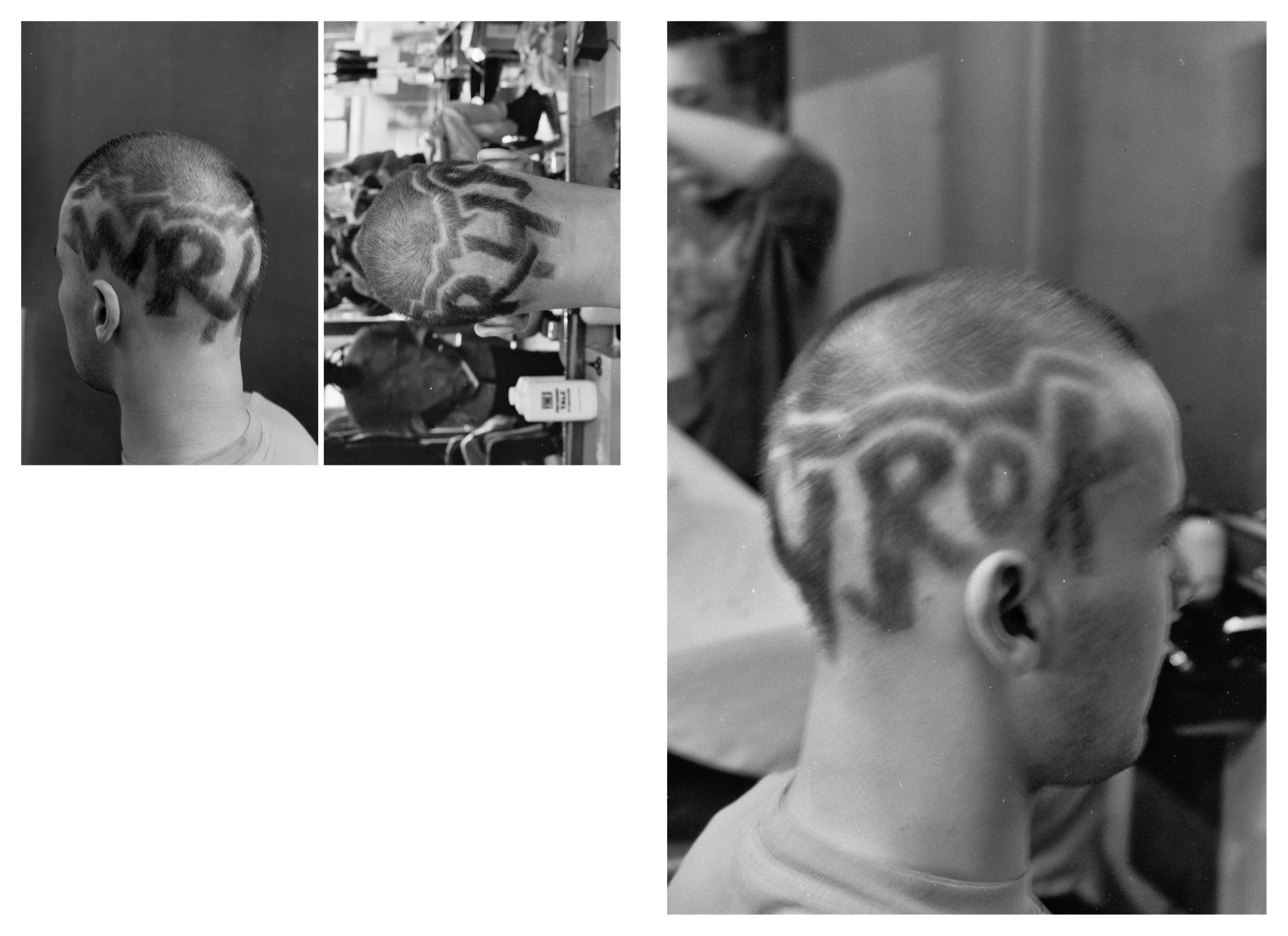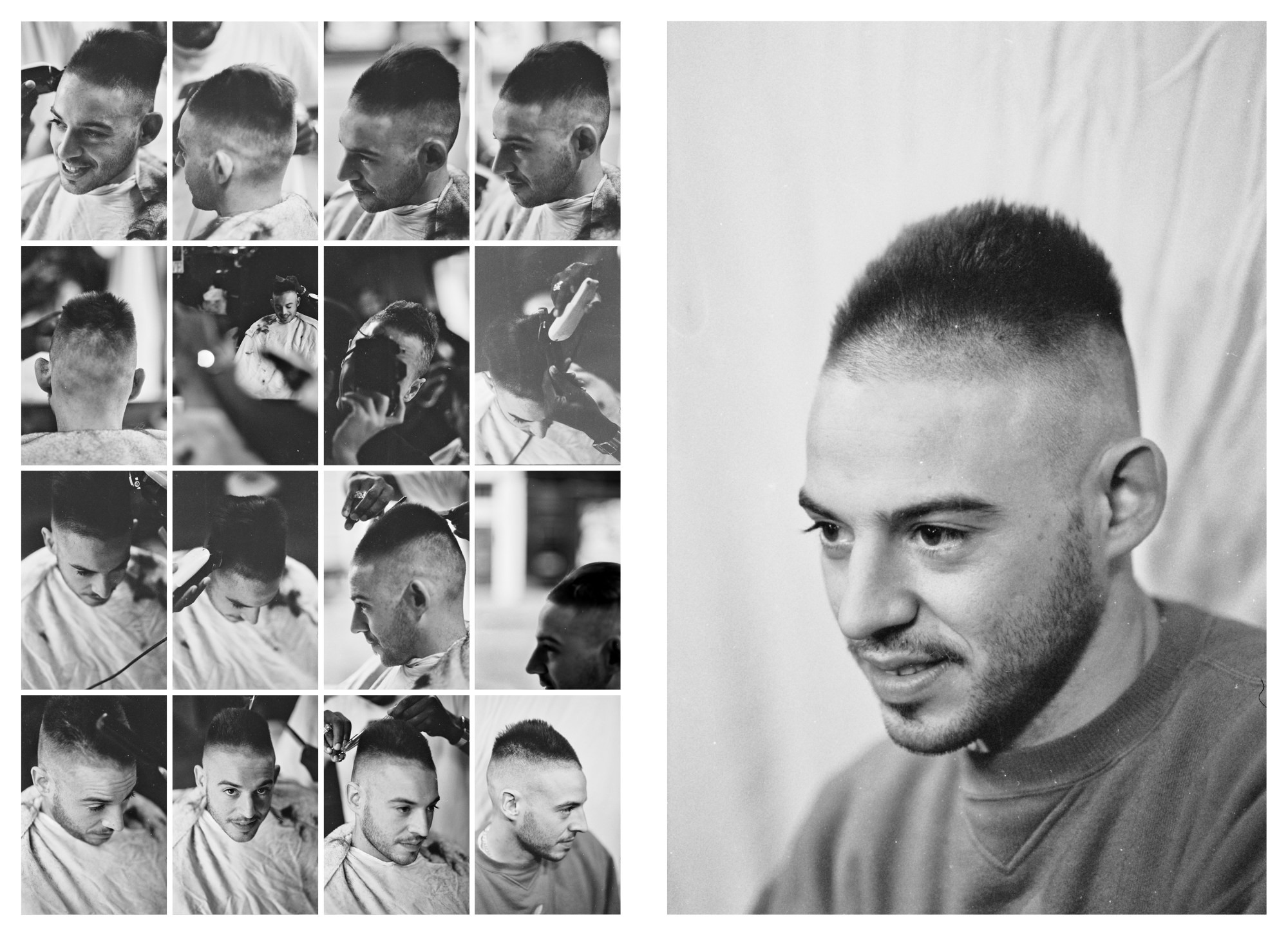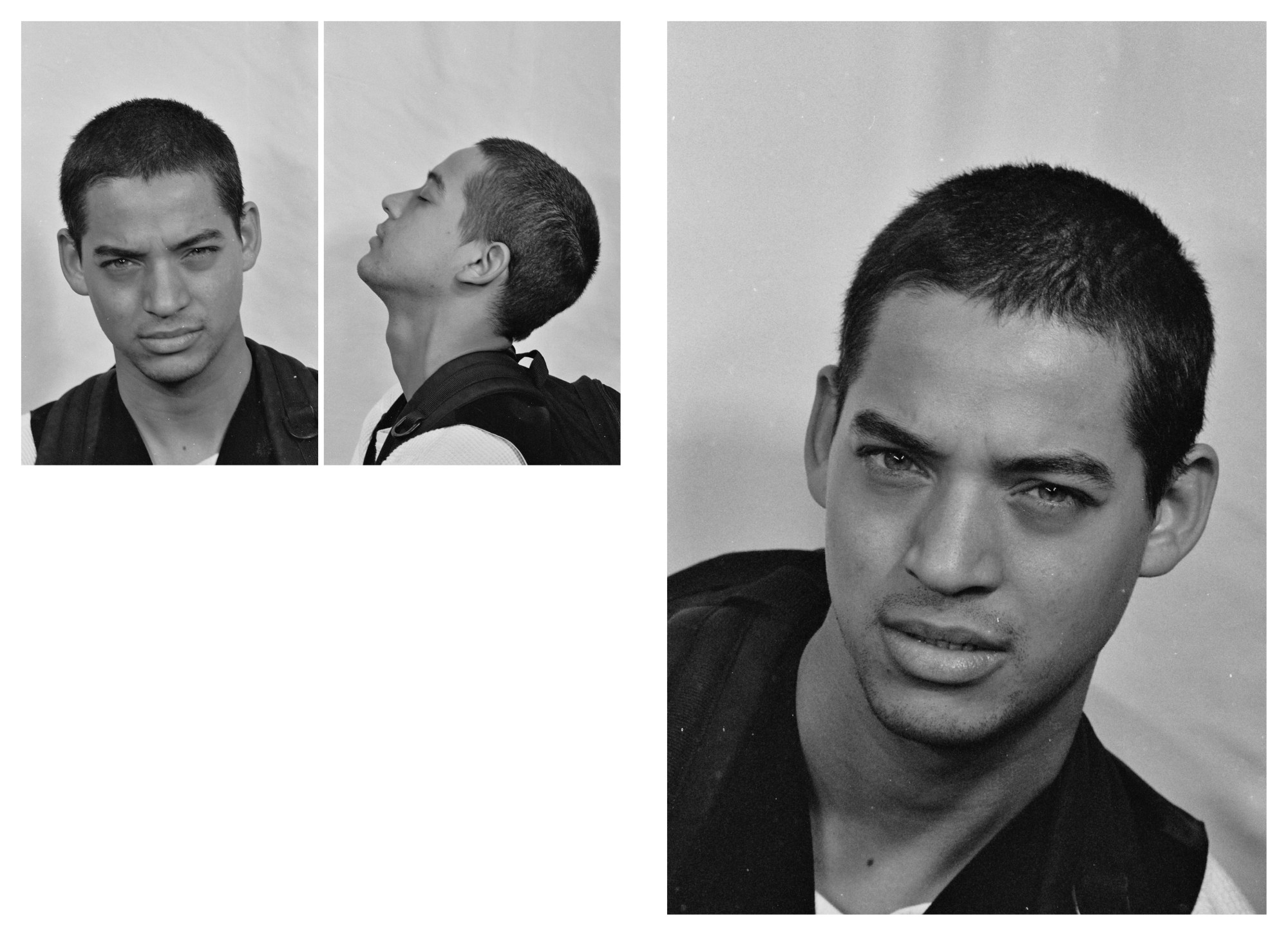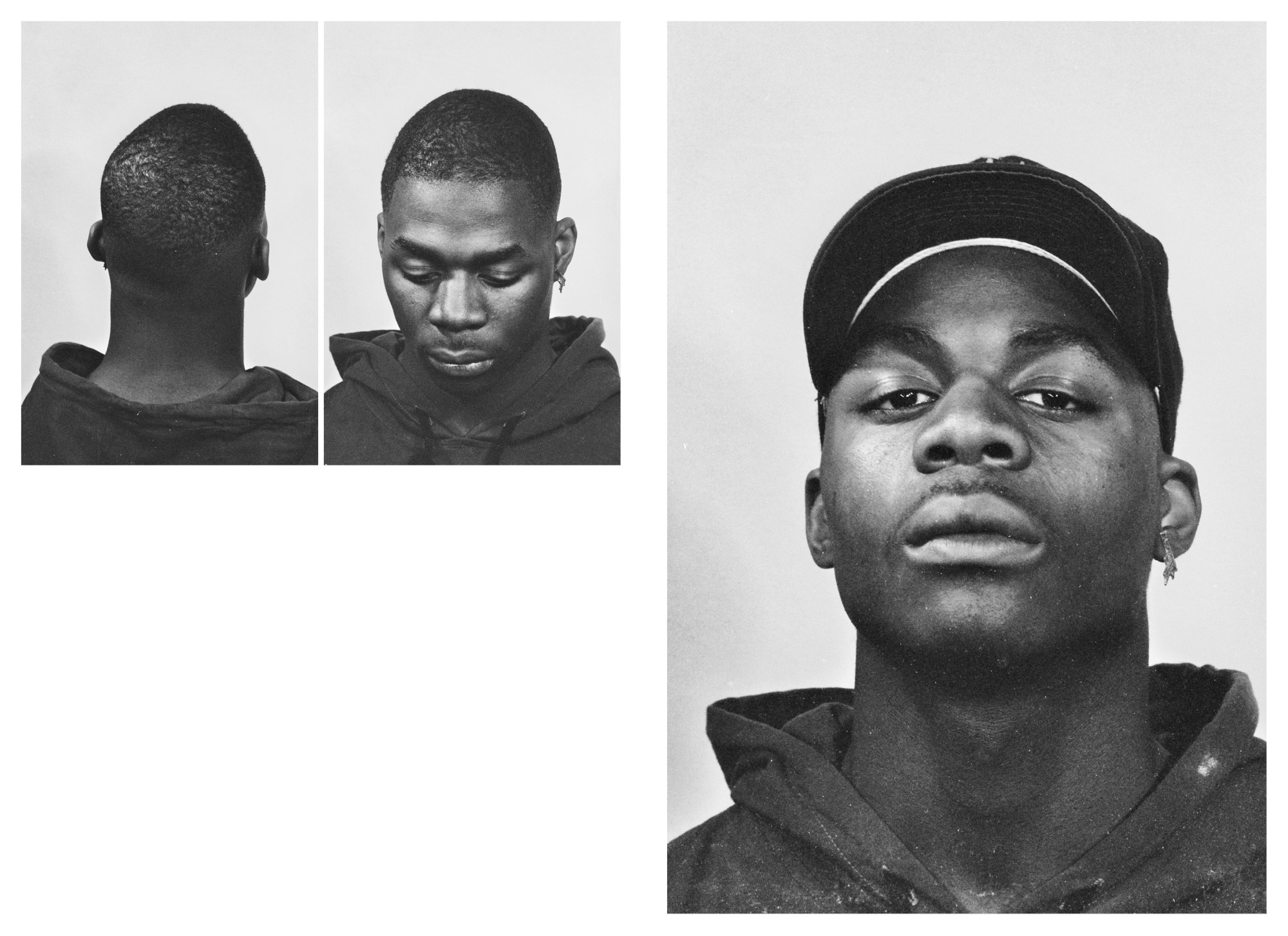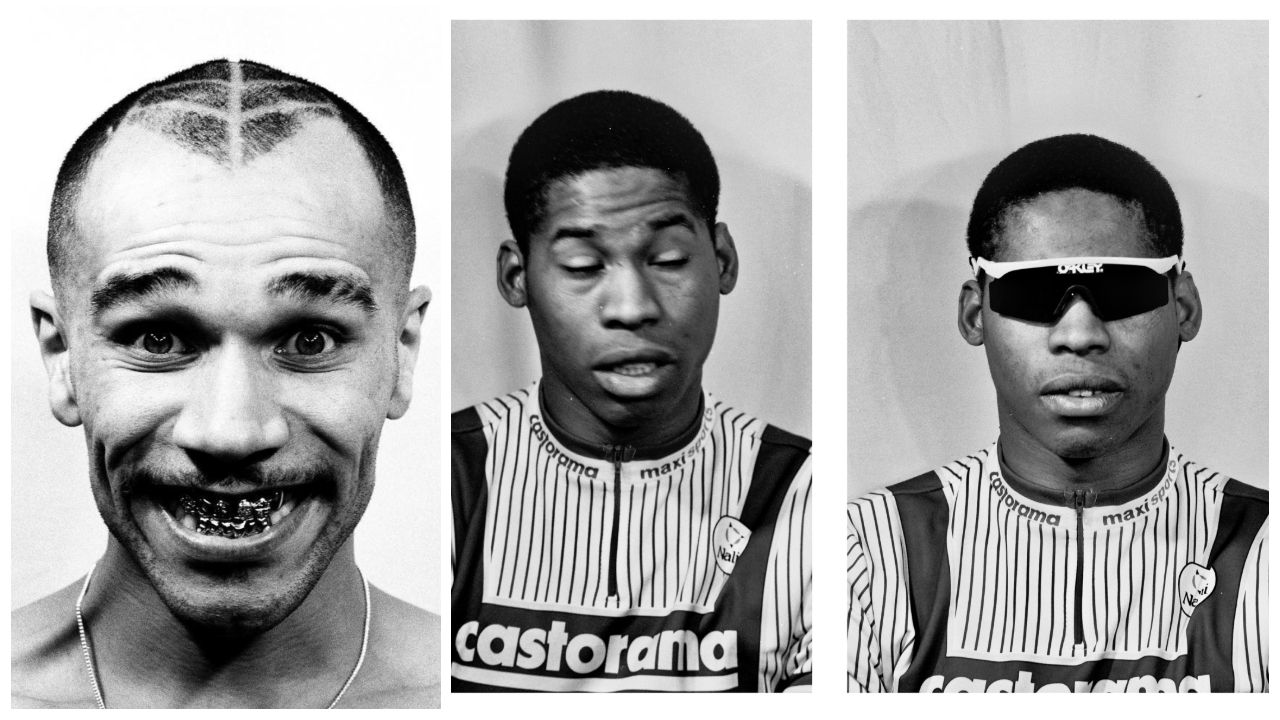Founded in 1978, London hair salon CUTS quickly became known for its experimental and boundary-pushing hairstyles. And for the famous clientele who sought them out — David Bowie and Jean-Paul Gaultier were customers. A new 500-page photobook celebrates the legacy of James Lebon and Steve Brooks’ cult London shop, where the who’s who of the city’s alternative communities converged. CUTS is also a deeply personal project. The book is co-published by DoBeDo, the photo gallery of photographer and filmmaker Tyrone Lebon, who is James’ nephew, and Gimme 5, the legendary streetwear shop founded by Michael Kopelman in 1989 at James’ encouragement.
CUTS features casual portrait triptychs shot by Brooks in the 90s and 2000s. The photos were recently rediscovered by director Sarah Lewis, whose 20-years-in-the-making documentary, about the shop, No Ifs or Buts, is premiering next month at the London Film Festival. i-D sat down to chat about the legacy of CUTS with Tyrone, Michael, and acclaimed photographer Mark Lebon — Tyrone’s father, James’ brother, and the book’s editor.

Tell me about the shop CUTS. How did it begin and why it was important during this era?
Michael Kopelman: James Lebon founded the shop in 1978 in Kensington Market, which at the time was a genuine alternative mecca. Subcultures existed side by side in KM, like punks, Teds, rockabillies, and New Romantics. It was young and edgy. James provided the hairstyles that went with the clothes at prices that people could afford. In a way, CUTS replaced the village square as a meeting place to catch up. If you wanted to know what was going on that night, you could find out there.
Mark Lebon: It was in the basement and was the size of a shoebox with only enough room for one cutting chair and a sink.
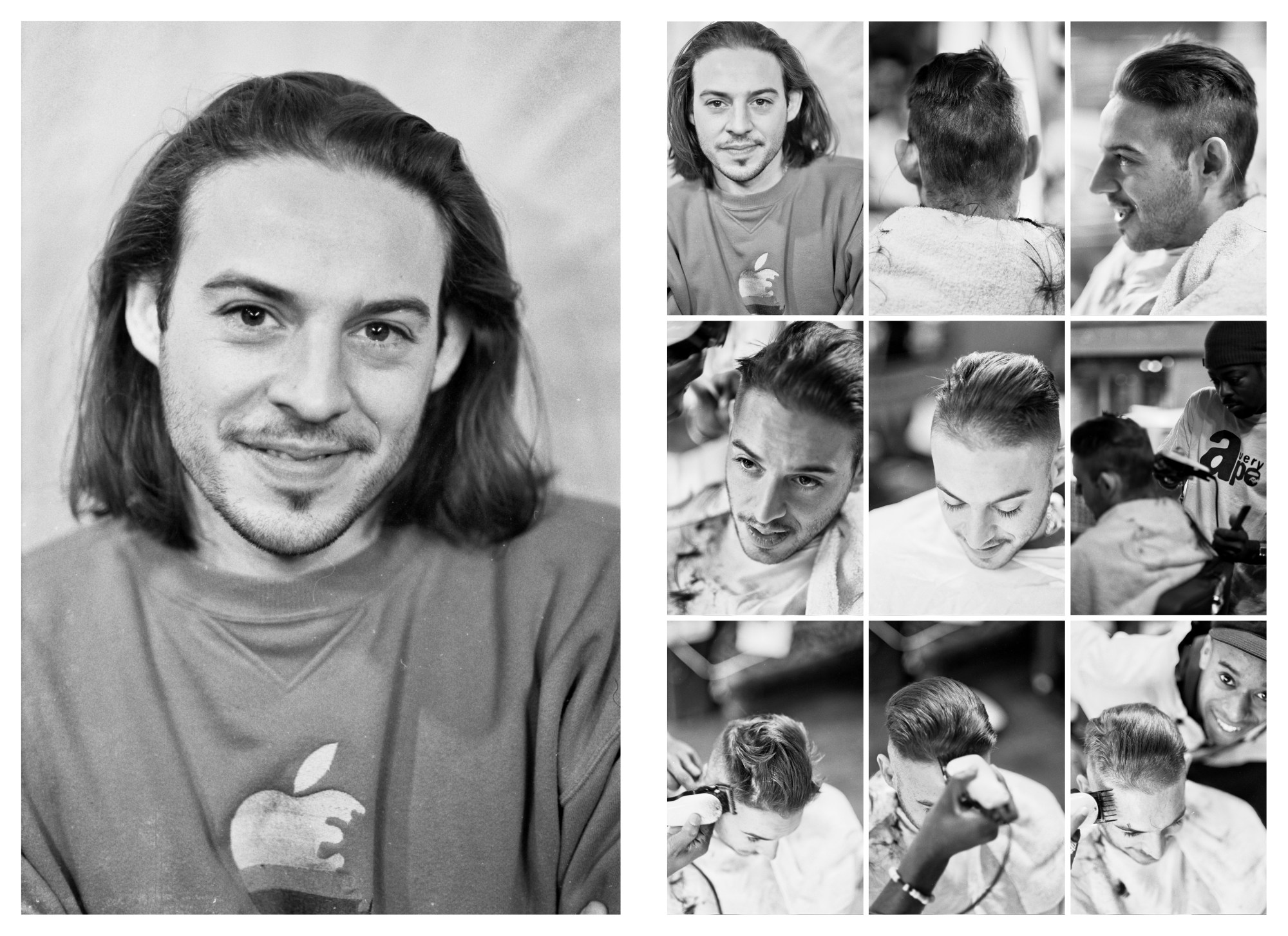
Who were James and Steve? What were their personalities and how were they perceived around London at this time?
Michael Kopelman: James was front-of-house at Gaz’s Rockin’ Blues and the Language Lab, two of the hippest underground clubs in London at that time. He was a celebrity in youth culture who straddled street cred and debonaire; he spanned from i-D to Harpers & Queen and Vogue. Steve brought a business structure to James’ celebrity and introduced innovative hair products and an art gallery into the picture.
Mark Lebon: James was connected and craved fame and fortune, while Steve craved love and security. James was unbelievably handsome, while Steve couldn’t find a boyfriend. But they made each other laugh… a lot, and they enjoyed misbehaving and dreaming together.
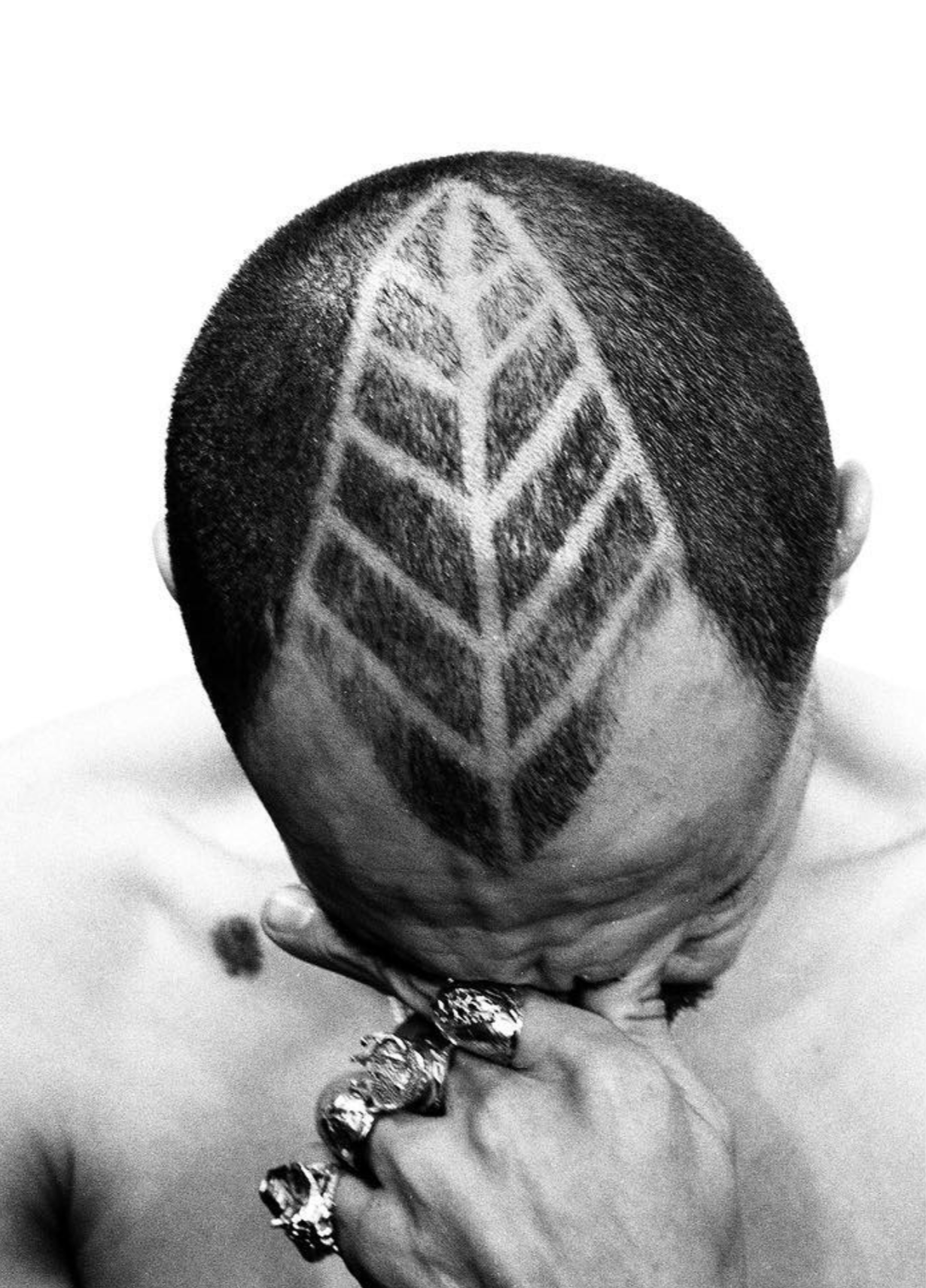
Michael and Mark, what were you up to at this time? How were you participating in the world of CUTS?
Michael Kopelman: I was working as a commodity trader by day. I remember James taking me to his flat in New Cavendish Street and meeting Steve there. Mark was doing a fashion shoot in the front room with Judy Blame and models; it was amazing. In 1978, after I was made redundant, James and Mark gave me the confidence to start Gimme 5. The staff and customers at CUTS wore the brands I sold.
Mark Lebon: I was coming towards the end of my apprenticing as a fashion photographer, living in squats with with various artists like Boy George — when he was my stylist, before he started his music career. On Saturdays every other month, I put on events with live music, dance, DJs, fashion, and film shows in the big pool hall upstairs in the Market. It heralded my realizing that photography on its own wasn’t enough for me and highlighted what I felt was central to my practice: presenting creatives. I took pictures for and of James and gave him early breaks doing fashion hair for me. He was better at networking with younger folk than I was. He was focused, while I was distracted.
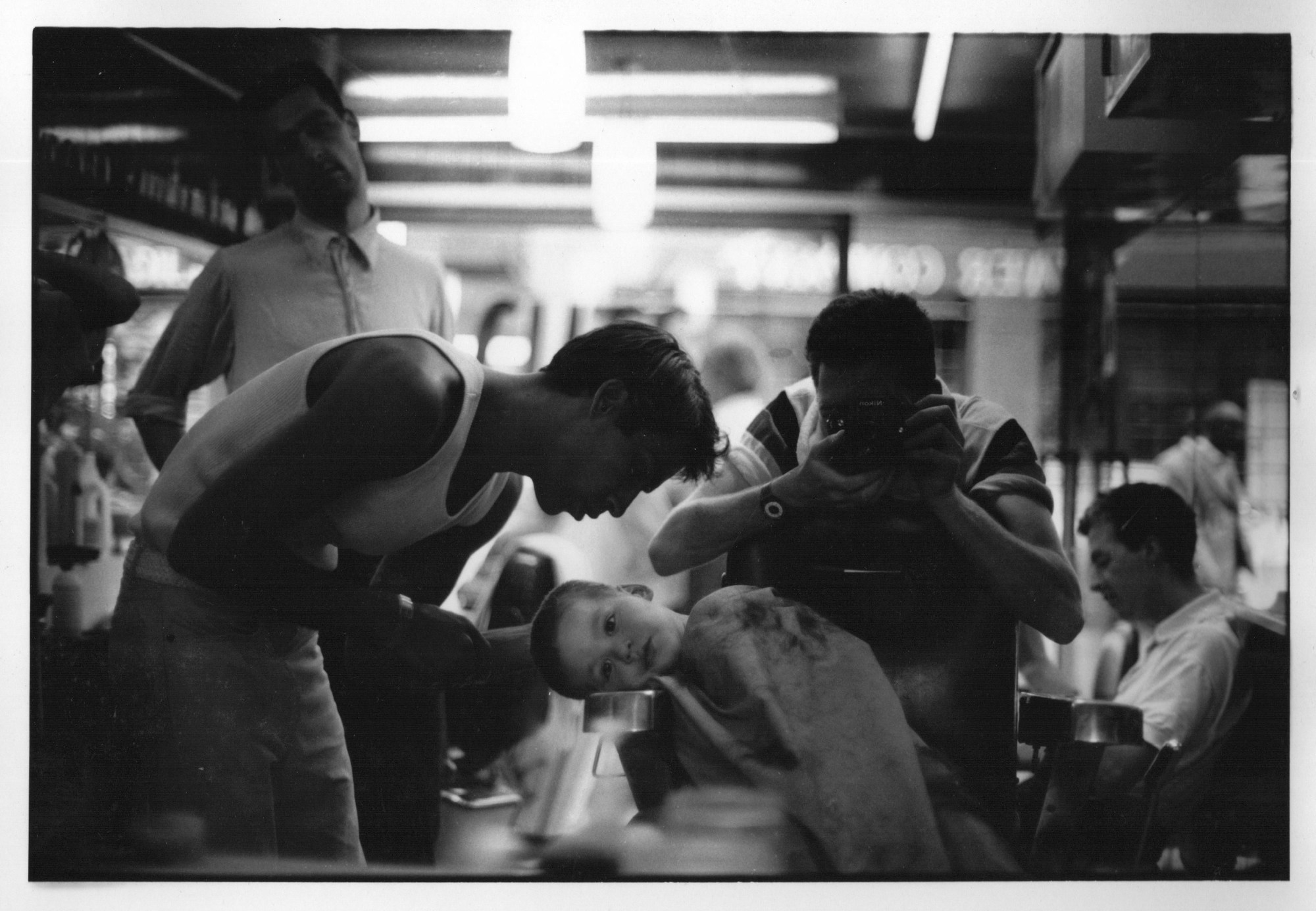
Tyrone, what are your earlier memories of CUTS and of your uncle there?
Tyrone Lebon: My first memory was watching my mum get her hair cut in the shop in Soho. I was seven maybe? But by the time I was old enough to remember really well, James had left and Steve had taken over. My uncle had moved on to his production company and was a director. I loved my uncle James dearly. He was always so much fun and so generous. It still brings tears to my eyes when I think about him and how much I miss him.
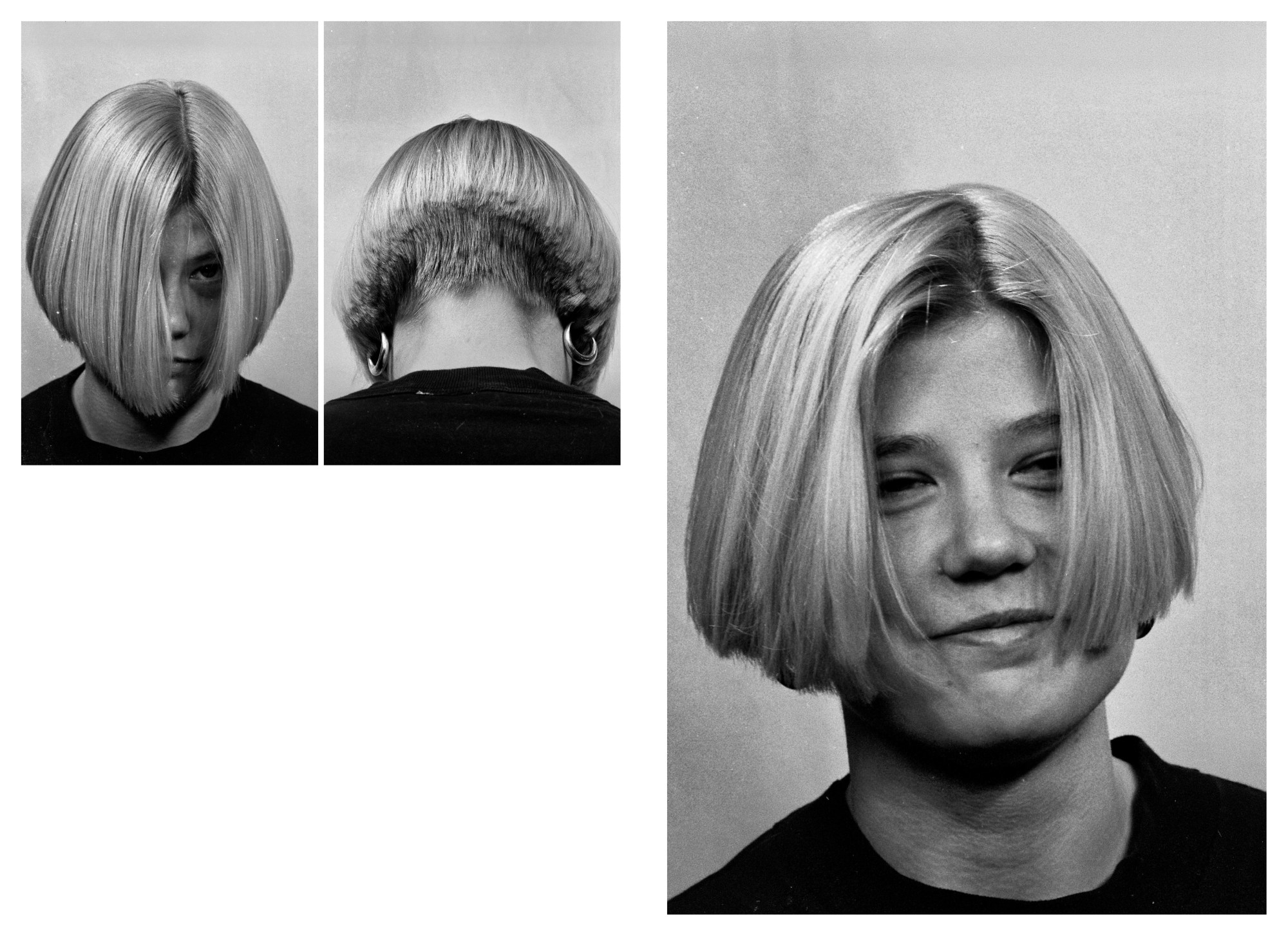
Who were the people that were photographed and included in the book?
Michael Kopelman: The people Steve shot were the regular punters who daily passed through the village square of CUTS. A few people didn’t even use the staff; they just picked up the clippers and cut their own hair. CUTS always had diverse clientele, from pop stars to film makers, artists, and people in the music biz. At one point, almost every fashion editor frequented CUTS in Soho. There were also a couple of vicars, firemen, and assistants from McDonalds.
Mark Lebon: What fascinates me about most of my ongoing creative processes is what gets lost or missed. This is reflected in the book. Mike’s not in it and he was one of their most consistent regular customers. James also wasn’t featured.
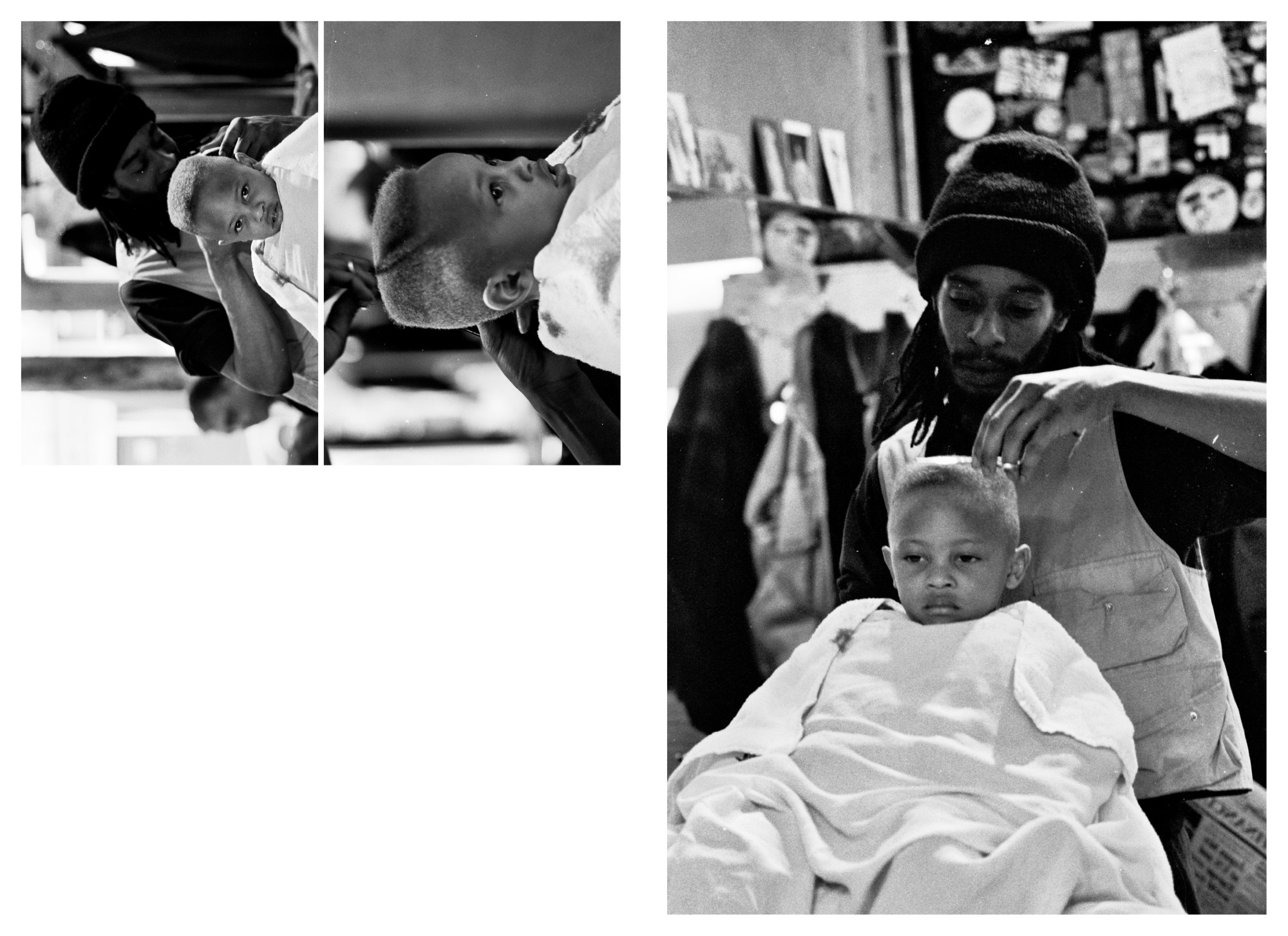
What’s the legacy you hope this book projects?
Tyrone Lebon: Along with the film, I hope the CUTS book is a record of a lot more than some haircuts; it’s a group of people and an era in London. Steve’s photography and love for his craft and the oddball community he built: the CUTS family, staff, and customers who were invested in it. And ultimately as part of the legacy of keeping the memory of my beautiful uncle James alive.
“CUTS” is available at Gimme 5 and DoBeDo in the UK, Dashwood Books in New York, and Bueno Books in Japan.


